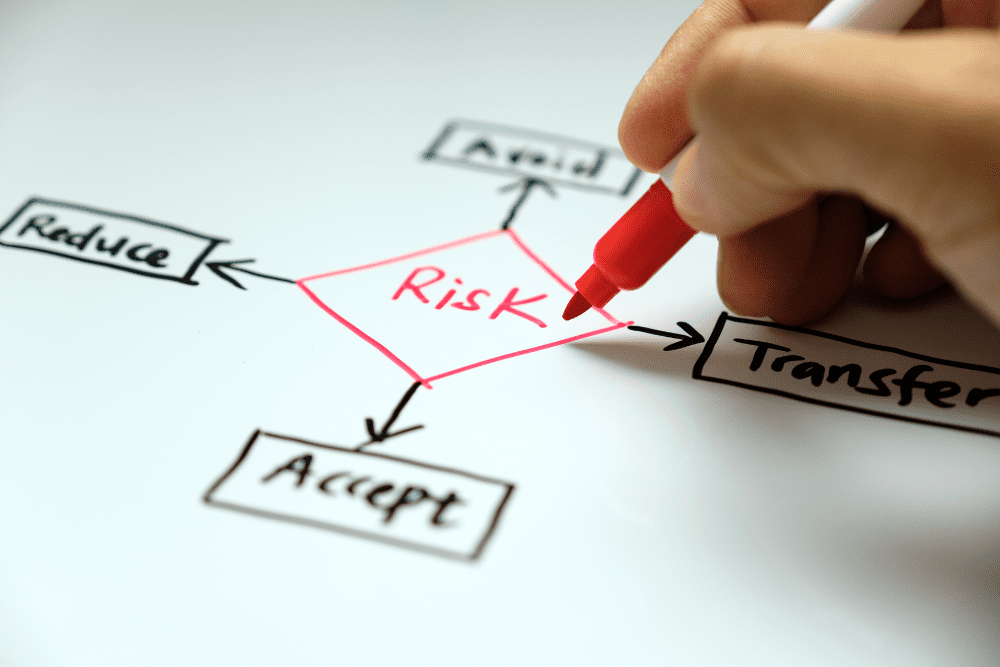Factors affecting the success of NRAs
A risk assessment, at the best of times, is no easy feat to execute. Assessments with regard to national risk have a wide variety of moving parts embedded in both the private and public sectors that can spell the success or failure of an effective risk assessment.
Let’s take a look at the most common factors that affect the success of NRAs.
An effective NRA is a function of three factors; threats, vulnerabilities, and consequences. Understanding and predicting potential consequences is highly complex and nigh impossible, so most countries focus on discerning threats and vulnerabilities.
One of the most common issues with NRAs is the lack of quality in the data. This can significantly affect the accuracy and reliability of NRAs, resulting in less-than-ideal outcomes when implementing risk management strategies. The FATF recommends using a combination of qualitative and quantitative information as a means for minimising this eventuality.
When it comes to the methodologies of conducting NRAs, many countries use the World Bank’s tool. This contains eight modules that cover a variety of topics related to ML/TF risks. The World Bank may also provide assistance for countries that aim to conduct NRAs.










